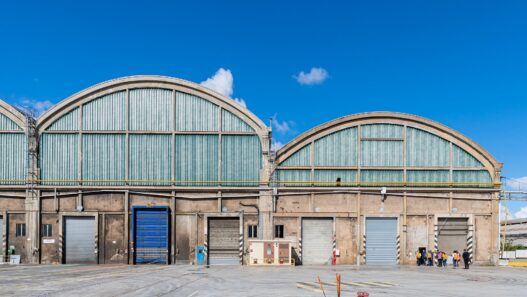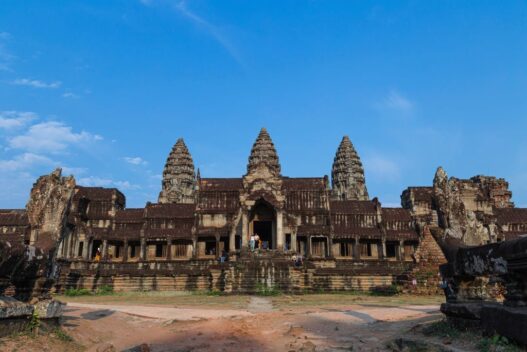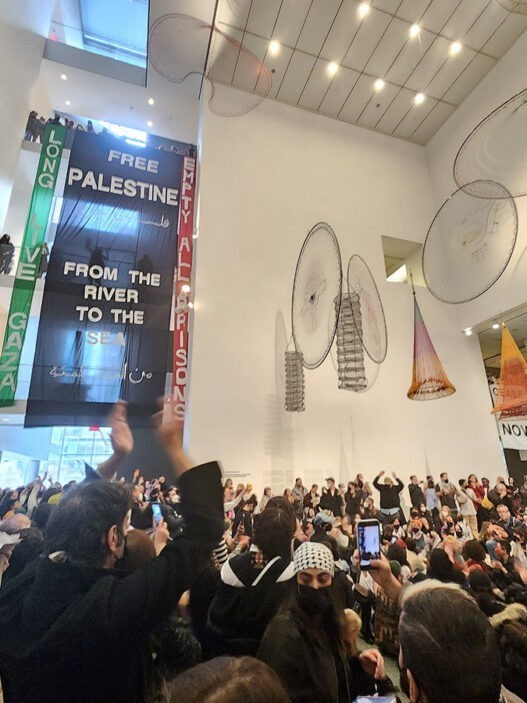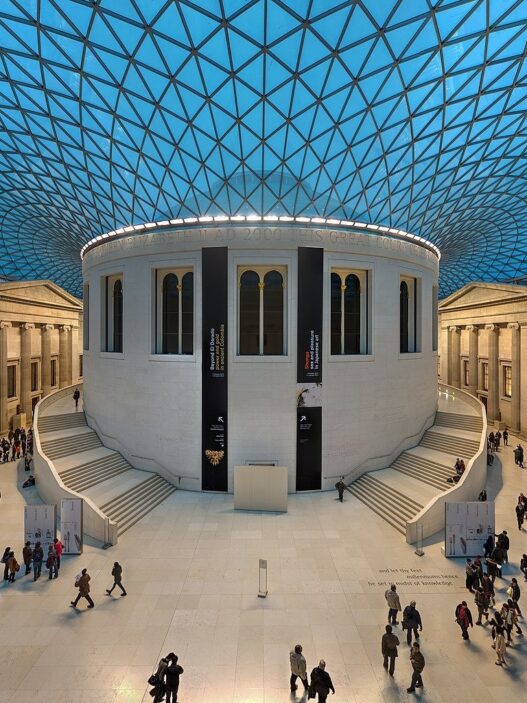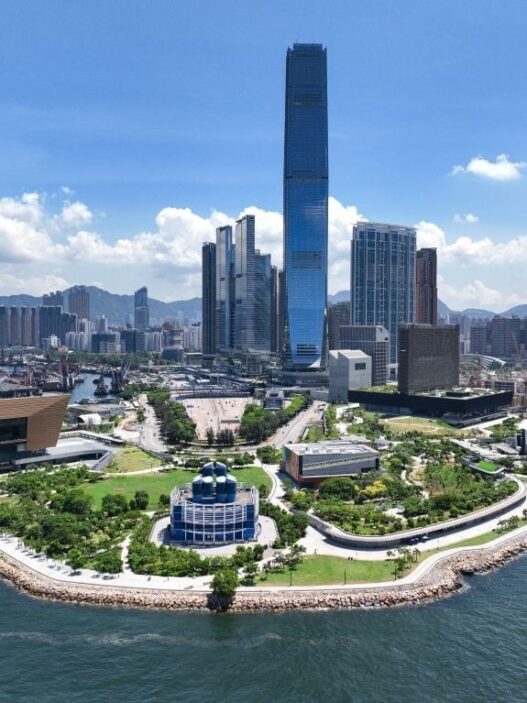Phnom Penh, Cambodia: The World Monuments Fund (WMF) has transferred management of three protected sites within the Angkor Archaeological Park to Cambodia’s Authority for the Protection and Management of Angkor (APSARA), effective January 31. This historic transition marks a significant milestone in the preservation and restoration of Cambodia’s cultural heritage.
APSARA now assumes responsibility for conservation efforts and long-term projects previously overseen by WMF. These projects aim to preserve the ancient heritage sites, including the Ta Som and Preah Khan Temples, the Churning of the Ocean of Milk Gallery, and the lush forests, dating back to the 9th and 15th centuries.
UNESCO recognizes Angkor as one of Southeast Asia’s most important archaeological sites, and it was inscribed as a world heritage site in 1992. However, the Cambodian Civil War in the 1970s imperiled efforts to preserve the relics, resulting in the loss of heritage workers and rampant looting of antiquities.
In recent years, the Cambodian government has made significant strides in reclaiming looted cultural items, including the return of 14 sculptures from the Metropolitan Museum of Art in New York last year. APSARA, established in 1995, has played a crucial role in improving the care and preservation of the region, leading to its removal from the list of endangered heritage sites in 2004.
Bénédicte de Montlaur, president and chief executive of WMF, emphasized the importance of capacity-building and tourism management strategies to sustain the preservation efforts. WMF’s work will continue at the Archaeological Park, focusing on the restoration of Phnom Bakheng and the development of educational programs in collaboration with Cambodian authorities.






